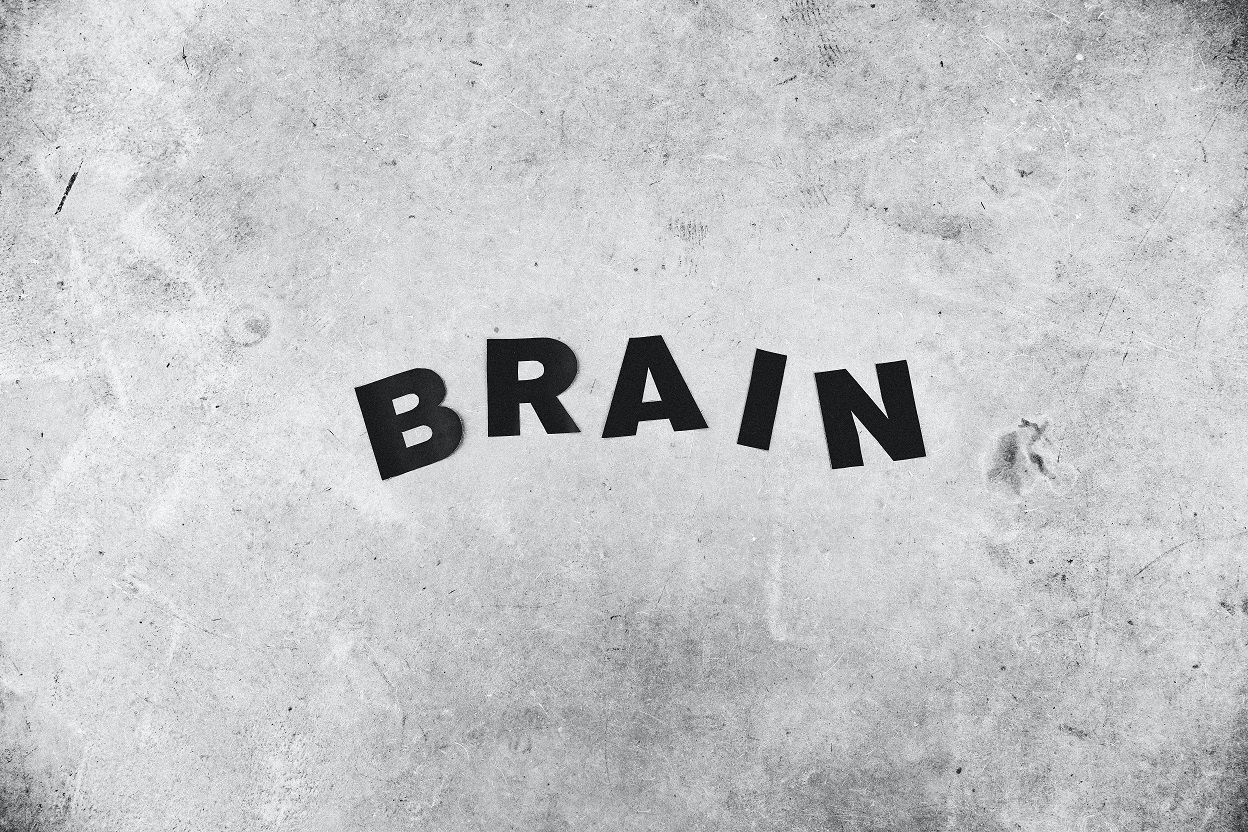A new method for easing treatment-resistant depression may be on the horizon.
For years, scientists have been trying to find a way to treat stubborn cases of depression with Deep Brain Stimulation (DBS). This neurological treatment places electrodes in different areas of the brain to provide stimulation, causing the brain to respond. DBS has been used to treat several physical illnesses including Parkinson’s Disease and Dystonia, and scientists have suspected that it could help with psychiatric illnesses such as treatment-resistant depression as well. The trick has been figuring out which specific location in the brain to stimulate.
Christopher Conner, MD, PhD, and first author on a paper published by a team at University of Texas Health – Houston explains their process. “We targeted a bundle of fibers that leave this small area in the brainstem to travel to other areas throughout the brain. The PET scans indicated that this small target area has very diffuse downstream effects. It’s not one single effect because there’s not one single area of the brain linked to depression. The whole brain needs to be changed and through this one small target, that’s what we were able to do.” But what exactly was the targeted area, and what makes the results of this study so astonishing?

The small study used DBS with ten participants, targeting the superolateral branch of the medial forebrain bundle (slMFB). The slMFB connects two parts of the brain that work together through the fibers Conner mentioned. It links the mesencephalic ventral tegmentum (which stores and releases dopamine, the chemical in our brain that drives reward) with the prefrontal cortex (which uses dopamine to perform cognitive functions like attention, impulse control, and short-term memory). Stimulating those fibers produced promising results and could be a major breakthrough for the 10-20% of depression patients that don’t respond to typical treatments.
Researchers took three PET scans over a yearlong period: before treatment, six months after, and 12 months after. Out of the ten participants, only two didn’t show at least 50% reduction in their depression symptoms. The other eight participants showed significant improvement. Keep in mind that we’re talking specifically about treatment-resistant depression, meaning no medications have successfully or significantly reduced their depressive symptoms. In other words, eight of 10 participants showing major improvement is a big deal.
Joao de Quevedo, MD, PhD, and co-author of the publication, said, “For patients with severe chronic treatment-resistant depression, decreasing our symptoms by half is a lot. It’s the difference between being disabled and being able to do something.”
Those who are suffering from depression who haven’t been able to lift their symptoms with traditional treatment should hang in there. There are new options on the horizon, albeit the distant horizon, but scientists are hard at work. We need more studies with larger sample sizes to truly confirm that this treatment method is not only effective, but safe for a large number of patients. However, studies like this one pave the way for more research to be done by giving scientists a base to build on, and evidence of value for investors or grant applications.
Sources:
Deep Brain Stimulation Location Identified to Relieve Depression
An update on the connections of the ventral mesencephalic dopaminergic complex – PMC (nih.gov)


Join the conversation!